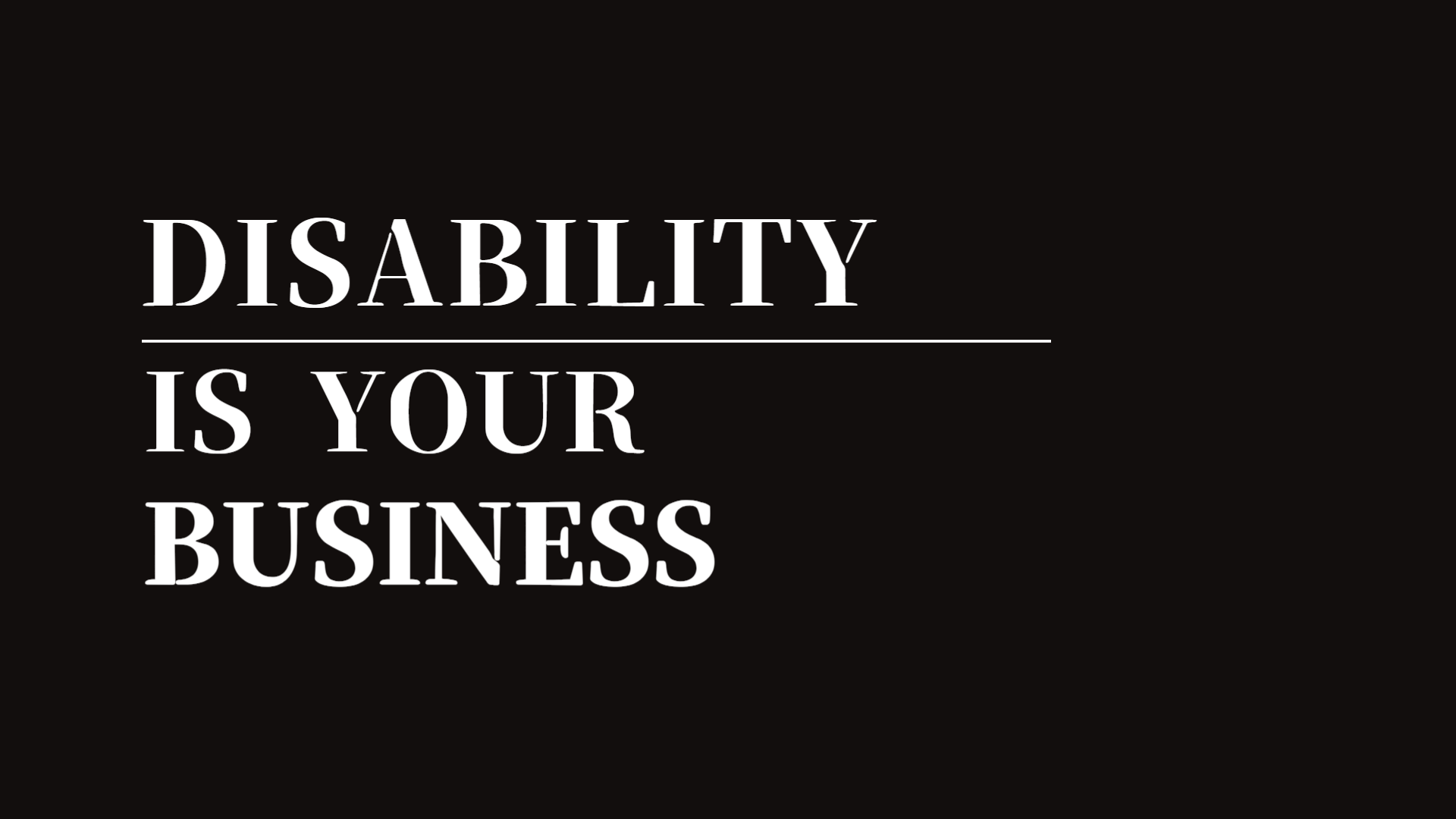Have you heard of The Valuable 500?
It’s a global business partnership for disability inclusion with 500 multinational companies. While social awareness of disability inclusion has increased, businesses are still not adequately represented in diversity and disability inclusion and we want to change that. Partnering with over 500 companies, including Apple, BBC, Google, Microsoft, P&G, L’Oréal, Sony, and more, we aim to close the gap between disabled and non-disabled people. The Valuable 500 is based on the belief that if companies lead the way in disability-friendly behavior, society and governments will follow. We believe that inclusive leaders create inclusive businesses, which in turn can create an inclusive society, and together with our many partners, we will accelerate and scale this impact.
The winds of change driven by The Valuable 500
The Valuable 500 is committed to three Synchronized Collective Actions: Leadership, Key Performance Indicators, and Representation to drive change.
1. Leadership
The first is leadership. Leadership is the value of ensuring that key decision makers in a group embed disability inclusion into the business. In our research into board-level attitudes to disability inclusion, we found that 56% of global senior executives rarely or never discuss disability on their leadership agenda.
So The Valuable 500 wants to change the narrative from the top. The Valuable Partnership provides practical leadership solutions for business leaders at the C-suite level. Leaders who embrace diversity in their product or service design, advertising and marketing, and hiring strategies will engage the entire organization with no one left behind, spark creativity in each individual, and ultimately drive performance.
2. KPI Reports
The second is reporting. Reporting refers to using disability-related data to ensure that disability inclusion is embedded within the company. The Valuable 500 designs and standardizes key performance indicators (KPIs) to be adopted and publicly reported to create change. While the size of the disability population is large enough to have far-reaching implications across global businesses, KPIs around disability inclusion are tenuous at best. In some cases, companies are reluctant to share information about disability. That’s why we want to make the current state of companies visible and help them and their stakeholders become more disability inclusive.
The Valuable 500 adopts five disability inclusion KPIs
- Workforce representation: The percentage of the total workforce that is comprised of people with disabilities.
- Goals: Specific goals and leader assessments on disability inclusion
- Training: Disability inclusion training for managers and employees
- ERGs: Existence of disability-specific employee communities with executive sponsorship
- Digital accessibility: Review of digital platforms and content accessibility
3. Representation
Finally, there’s representation. This means stopping overly hiding or excluding people with disabilities in advertising, packaging, media, communications, and more. While people with disabilities make up more than 15% of the world’s population, the global business community as a whole lags behind in its understanding and performance on disability representation. The Valuable 500 believes that brands play a direct role in shaping representations and images of people with disabilities, and that they have an obligation to lead the way in disability inclusion by actively involving people with disabilities in the process.
The Valuable 500 breaks this down into three key barriers.
- Accessible experiences: Are marketing media, products, and services equally accessible to all consumers?
- Accurate representation: Does the company reflect disability and diversity in society?
- Authentic narratives: Does your marketing break down negative perceptions of disability?
The Valuable 500’s Vision White Paper – A Perspective on Inclusive Representation
The Valuable 500 publishes reports on disability inclusion, global trends, and business. For example, the January 17, 2024 report, “Inclusive Representation White Paper – The path to sustained progress and accountability in inclusive disability representation” delves into how people with disabilities are portrayed in the media and in marketing. It points out that many organizations lack the confidence, capacity, and strategic vision to systematically embed disability inclusion and accessibility into their core business processes. It says the lack of disability inclusion practices around accessibility/accommodations/hiring across the entire marketing industry – on set, in the writers’ room, and at external agencies – is also a major factor.
The Valuable 500 recommends hiring and retaining talent with disabilities and portraying disabilities in a non-stereotypical way. It says these practices will not only improve the awareness gap within the organization, but also improve the image of the company, attract a more diverse consumer base, and market more effectively.
Closing thoughts
While The Valuable 500 has grown with the growing awareness of disability rights and now includes 500 of the world’s leading companies, there are no Korean companies participating in this partnership. In Korea, there is still a strong tendency to approach the employment of people with disabilities as a benefit to the person with disabilities and as a means of defending mandatory employment rates. Although, with globalization, companies are starting to look at the issue of disability employment from an ESG perspective, and keywords related to disability employment are becoming more prevalent as a factor in corporate assessments such as sustainability report disclosure, there is still a long way to go. The business community should no longer view people with disabilities, who account for about 15% of the world’s population, as a benefit or an obligation, but as a business partner and a bridgehead to change society for the better.
Reference: The Valuable 500 (https://www.thevaluable500.com)
Quoted in part from Inclusive-Representation-White-Paper_Jan24



![Read more about the article [On-site interview] Instead of regretting what cannot be done, let’s do our best at what we can do](https://knda.ne.kr/wp-content/uploads/2024/10/image01.png)
